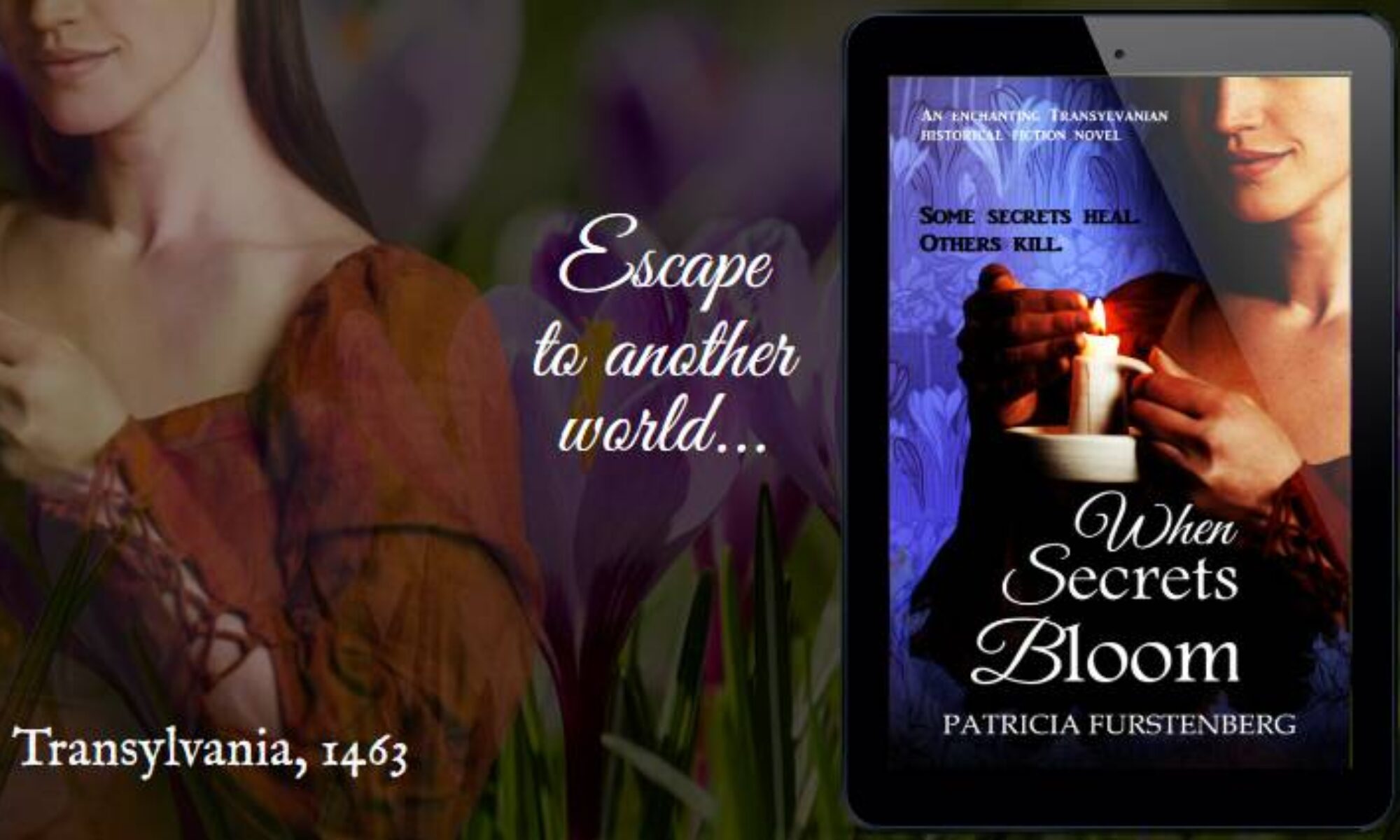I hope you enjoyed the first part of my research to learn why convents were so thought after, why the religious life (and not only) of Medieval women was so tightly connected with them.
A convent’s curriculum
Of a very high standard, a convent’s curriculum covered Latin reading and writing, religion, morals and manners. Painting, weaving, spinning, and embroidery were also taught, with the latest involving deep knowledge of geometry and design, allegories, Bible stories and even Greek mythology – all needed to create those intricate designs.

This implies that history and literature were also part of a convent’s curriculum, besides the knowledge of making and mixing colours. Some convents even studied classical writers and the seven Greek Liberal Arts: grammar, arithmetic, geometry, astronomy, dialectic, rhetoric and music. Less prevalent during the Early Middle Ages was transcribing. Much later, though, some convents became renewed for their libraries and their manuscripts were circulated even outside the convent’s walls.
As was expected during a time when men went to fight wars most of the time and pursue crusades during the remainder of the time, the need for women skilled in medicine and surgery was on the rise so convents covered these too.

Music as part of the convent life of medieval women
Promoters of Christianity, convents taught music, chants and choir songs essential to glorifying God. But music was also the means of raising funds for the cloister through donations for benefactor’s weddings or by charming wealthy women in pursuing their intellectual interests.
According to Professor Laurie Stras from Huddersfield University, during the 15th century, 20 percent of the female population of Catholic Europe lived in convents, translating into 50 percent of women of noble birth. Saint Hildegard of Bingen, a German Benedictine abbess, author, and composer, left us 11th-century musical compositions of sacred music in the simple style of the troubadours, some of the most-recorded music of its kind in modern history.
Since convents were often self-sufficient entities, a deep knowledge of the law was needed, some abbesses proving extremely skillful on this matter.
The decline in convent life starts here
By Late Middle Ages, due to the rise in the vernacular and the apparition of castle school (in 8th century due to Charlemagne), court schools, church and village public elementary schools (seeing a rise in the 12th – 13th century), or of religious guilds (in Late Middle Ages) the academic standard of the convents lowered.
As a result, the nuns become less and less skilled in numeracies and math, thusin record-keeping and so many nunneries went into debt.

Convents – their daily rituals
Most convents followed the Rule of the Benedictine order: daily prayers, readings, and work, the power of a nun’s prayer often sought after and perceived as equal to that of a monk.
An abbess with absolute authority led the nuns, assisted by a prioress and a few senior nuns, obedientaries. Unlike monks, a nun could not perform a church service, thus the visit of a male priest was required. Expected to show their devotion through their simple attire, the nuns’ veil symbolised their role as “Bride of Christ”.
I hope you enjoyed this close-up in Medieval convent life and the curriculum taught. Return for the last installment of convents, the religious life Medieval women, when we will uncover a few unknown facts, some far from pretty. Why not subscribe to my newsletter?
Until then: Scarlet Autumn and Chestnuts


That’s so interesting! It totally makes sense that so many women would pursue a convent life – an education, but also in response to tragedies as the men they relied on died or their fortunes changed. Interesting that the rise of “public” school led to the the convents’ decline. Fascinating post, Patricia. 😀